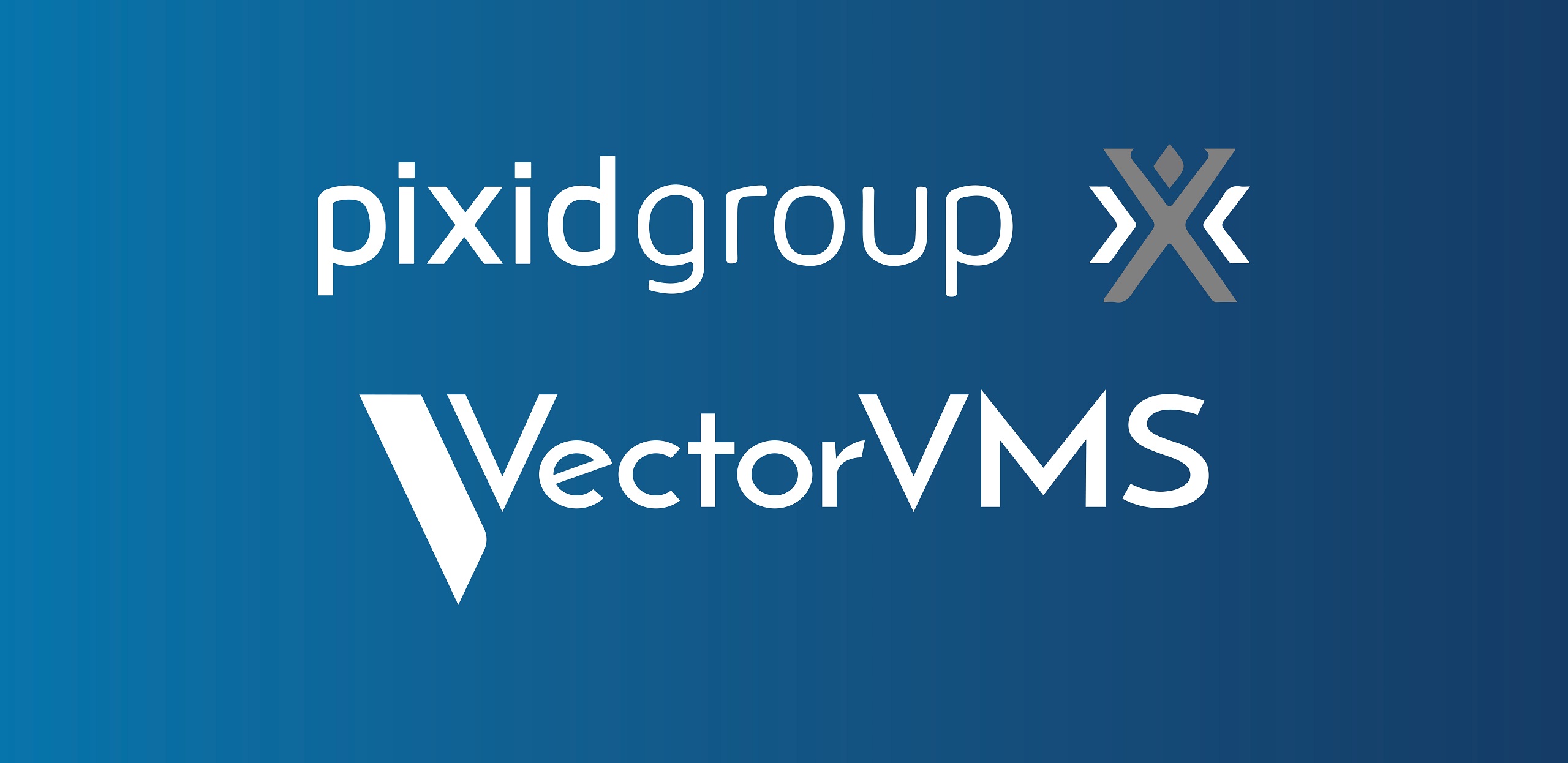The use of Independent Contractors (ICs) is surging due to skills shortages in certain industries and niche roles, combined with an increased global demand for rapid reskilling. These workers are often high-skilled, specialist roles that will help an organization meet a short-term need that may not warrant a full-time role in the business.
As a general rule, an individual is an independent contractor if the employer only controls the result of the work and not how it will be done. Unlike other workers in your program, this person will not be on a W-2 with your employer of record.
This type of contingent labor is usually hired through a statement of work (SOW), which can be different from the rest of an organization’s contingent workforce. Nonetheless, these workers and organizations’ engagement with your program can be tracked in your vendor management system (VMS).
Although this may be a process change, here are four reasons to track your ICs in your VMS.
1.) Know Who Is Coming to the Site
If you’re bringing somebody onsite, you want to ensure that they are secure and trustworthy. Whether, for example, you’re hiring a team to provide technology solutions or using a third-party lawn service, you’ll need to know who they are so your facility remains secure. For more technical positions, this can include ICs who might have access to your network. Bottom line: don’t put yourself at risk by not knowing who’s onboard!
For example, retailer Walmart learned the hard way that its independent contracts providing cleaning services employed unauthorized workers, bringing forward many legal woes for the company. This oversight cost Walmart millions of dollars due to lack of clear compliance processes for its extended workforce.
Your VMS should allow you to track ICs from the background check, to the onboarding (and any permissions given at that time, including badges), and finally to offboarding and collecting any badges or removing network access.
YOU MIGHT ALSO LIKE | ‘The Rise of the Gig Economy: 4 Strategies for Compliance Management’
2.) Single Source of Record for Your Full Contingent Workforce
Maintaining records for your contingent workforce is simplified with a VMS. For each IC, you can include all of the necessary documentation including I-9s. Your VMS will not delete any information you upload, ensuring you have that documentation for its required length of time. So when that pesky audit comes around, you’re not digging through old files—you simply log into your system and grab the needed information.
A VMS can also requisition ICs via SOW, allowing you to track your SOW and any associated contracts. Since ICs aren’t subject to the same payment terms or tax requirements as temporary workers, having a single source of record can help streamline the backend process.
SEE ALSO | ‘Temp vs SOW: Why Contingent Workforce Classifications Are Essential’
3.) Full Visibility Into Contingent Workforce Spend
A VMS enables full visibility into your contingent workforce, whether ICs, services, or other temporary workers. Getting the full view of your contingent spend allows you to analyze your workforce for efficiency. Are there trends in your contingent workforce that need to be corrected? Perhaps there are opportunities to streamline some processes. Some clients look at the cost of the project compared to the hours spent and when a similar project came around, they moved to hourly rather than milestone-based.
By bringing your project-based work into your vendor management system, you have a clear picture of the spend in your program. While you may have more engagements with your staffing suppliers, project work makes up the bulk of spend in many organizations today.
4.) Integrate Your Outsourced Vetting Programs
Classification requirements are changing all the time, so unless you have a worker on board who is tuned into the market, you may be putting yourself at risk by classifying workers on your own. If you do see an increase in the number of ICs in your program, it may be time to shift the risk to a third-party organization. This will indemnify the workers for you instead of having someone outside the industry make that legal determination.
Integration also allows automation with your third-party vendors providing your classification determination. Receive immediate status updates straight to your VMS so nothing gets lost in a manual process by these vendors.
HANDPICKED FOR YOU | ‘3 VMS Integrations That Can Save You Time and Money’
Keeping Compliance on Track
Independent contractors are not new to the market and are probably not new to your organization. However, as the rules and regulations are ever-changing, there has been an increased level of importance on properly tracking and vetting your independent contractors.
At VectorVMS, we partner with multiple vendors and offer flexibility for integrations that matter to your business. To see how our VMS can help you manage your ICs and other contingent workers, join us for a live demonstration, hosted twice a month on Wednesdays.
RELATED READING | ‘5 Tips for a Successful VMS Implementation’
 Meet the Expert
Meet the Expert
Taylor Ramchandani – VP of Strategy
Taylor Ramchandani is responsible for the management and strategic planning of the VectorVMS vendor management system. Taylor is committed to client satisfaction and to ensuring VectorVMS technology meets the current and future needs of clients and managed service providers (MSPs). She uses market research and in-depth industry experience to create products and services that make extended workforce management efficient and intuitive. Taylor oversees product development, marketing, and business partnerships for VectorVMS and is responsible for driving innovation for contingent workforce management. Connect with her on LinkedIn.



